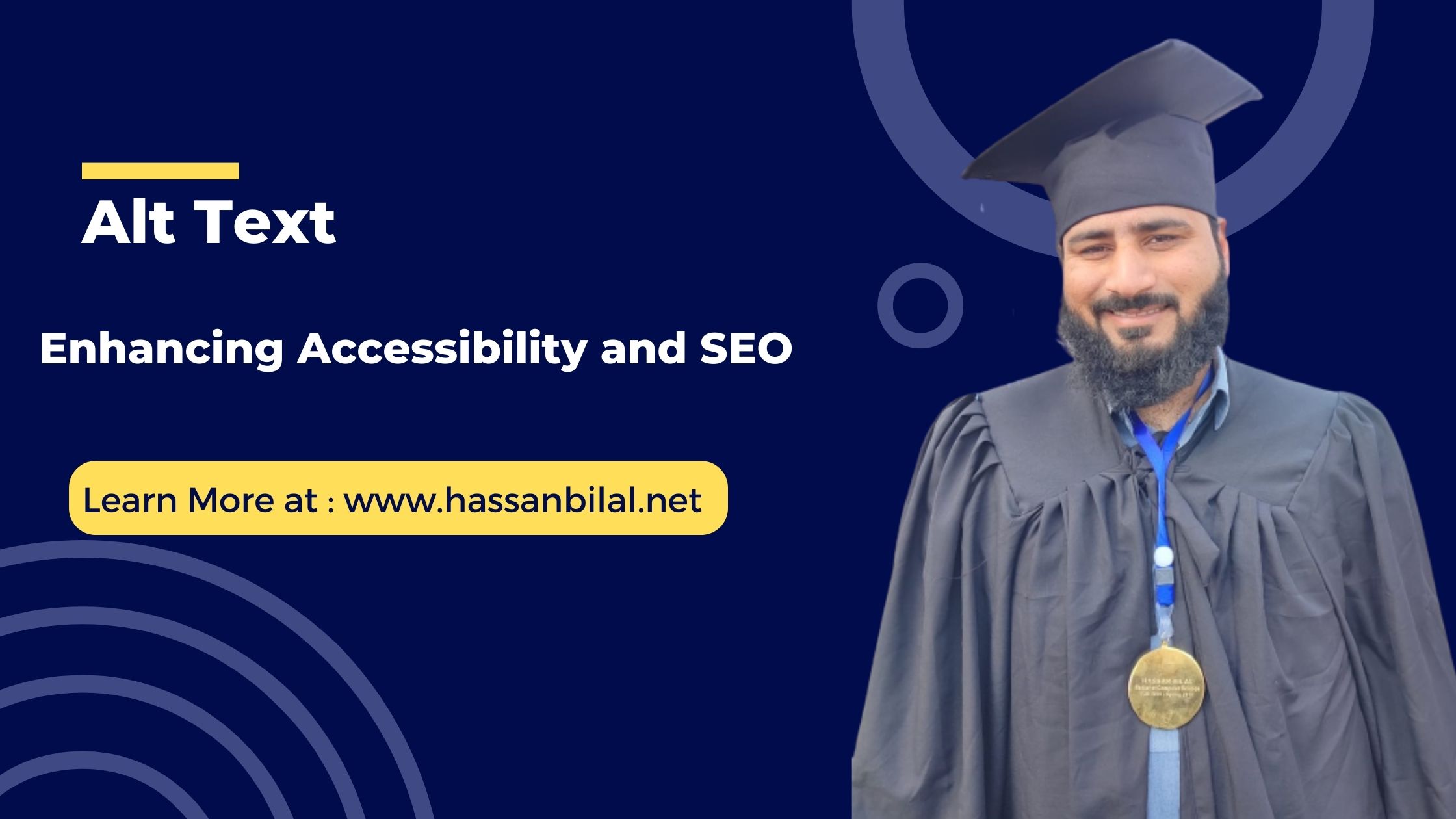Search Engine Optimization & Marketing
Alt Text: Enhancing Accessibility and SEO

Alt text, also known as Alt tag or Alternative text, is a small yet mighty component of web content. It’s a descriptive attribute added to images in HTML that serves multiple purposes, from improving accessibility to boosting SEO.
The Power of Alt Text
Alt text is an essential element for ensuring that images are accessible to visually impaired users. It’s read aloud by screen readers, providing context about the image.
Accessibility and Inclusivity
In the realm of web accessibility, alt text is a superhero. It ensures that all users, regardless of visual ability, can comprehend the content.
SEO Benefits of Alt Text
Beyond accessibility, alt text plays a pivotal role in SEO. Search engines can’t “see” images, but they rely on alt text to understand their relevance.
Strategic Alt Text Implementation
Strategically crafting alt text involves succinctly describing the image while incorporating relevant keywords. It’s an art that marries context and image optimization.
Decorative Images and Null Alt Text
For purely decorative images that don’t convey information, using an empty or null alt text (alt=””) is recommended. It informs screen readers to skip these images.
Image Links and Alt Text
When images are also links, the alt text should describe the purpose of the link. It’s a nuanced way of enhancing both accessibility and user experience.
Images in Content Hierarchy
Images often support content hierarchy. Utilizing descriptive alt text reinforces the hierarchy for search engines.
Alt Text for Image Maps
Image maps can enhance user interactivity, but they need descriptive alt text for each clickable area to be meaningful to all users.
Consistency and Descriptiveness
Consistency in alt text style and descriptiveness across your website fosters coherent user experiences and better SEO performance.
Testing Alt Text’s Effectiveness
Periodically test alt text with screen readers to ensure it’s providing accurate and meaningful descriptions.
Best Practices for Alt Text
- Be Descriptive: Clearly describe the image’s content and function.
- Be Concise: Keep the alt text concise and to the point.
- Avoid Keyword Stuffing: Incorporate keywords naturally; avoid over-optimization.
- Captions and Context: Use captions to provide context, but don’t rely solely on them.
In Conclusion
Alt text is the bridge between images and users, ensuring inclusivity and SEO excellence. By crafting descriptive, strategic alt text, you cater to both human and search engine audiences. Elevate your web content’s impact with thoughtful alt text implementation.
